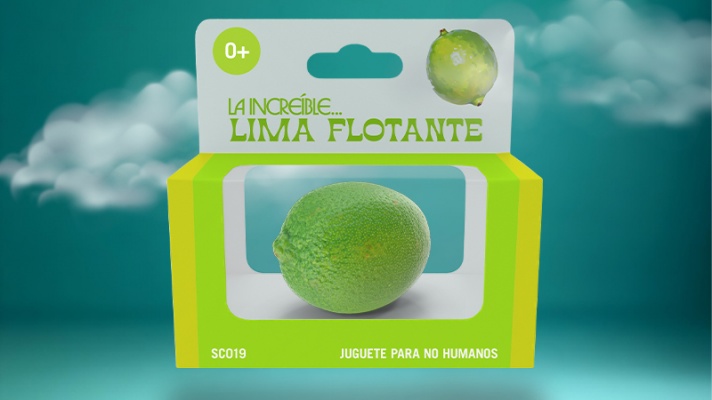Descripción de la Exposición
This exhibition explores the immigration of form. It regards a cultural product that is as much the result of local traditions as it is a cosmopolitan artifact. Here, consider Delft Blue in the Netherlands. Now, consider a piece of Qinghua Porcelain in China, or Iznik Ceramic in Turkey, Azulejo in Portugal, China in Britain, or Talavera in Spain and Talavera Poblana in Mexico. These are all blue-and-white ceramics that can be traced back to global trade. This type of artifact signals a commercial approach—by and large through colonialism—that massively transformed civilizations.
By focusing on an aesthetic manifestation of a world in movement, this exhibition invites you to consider a blue-and-white ceramic piece as both a vessel and a port. It gathers artworks in different media made by contemporary artists from the Americas, Asia, and Europe.
In the Netherlands, the rise in popularity of blue and white ceramics came by way of the Dutch East India Company (VOC) in the early seventeenth century. The esteem and value of these ceramics was not only because their provenance and designs were considered exotic. Their material composition was foreign, too. These imported pieces were made in porcelain, of which invention and related enterprise was protectively overseen by the Chinese Dynasty. In the fourteenth century, when porcelain was considered “white gold,” The Ottoman Empire was already commissioning custom-made Chinese porcelain for export. They are also credited for having provided the Chinese with cobalt, the blue color-producing mineral, which they sourced from the region known today as Iraq. But it was long-distance maritime trade that globally internationalized the style of blue and white ceramics.

Exposición. 16 abr de 2025 - 11 may de 2025 / Centro Botín / Santander, Cantabria, España

Formación. 08 may de 2025 - 17 may de 2025 / Museo Nacional Centro de Arte Reina Sofía (MNCARS) / Madrid, España